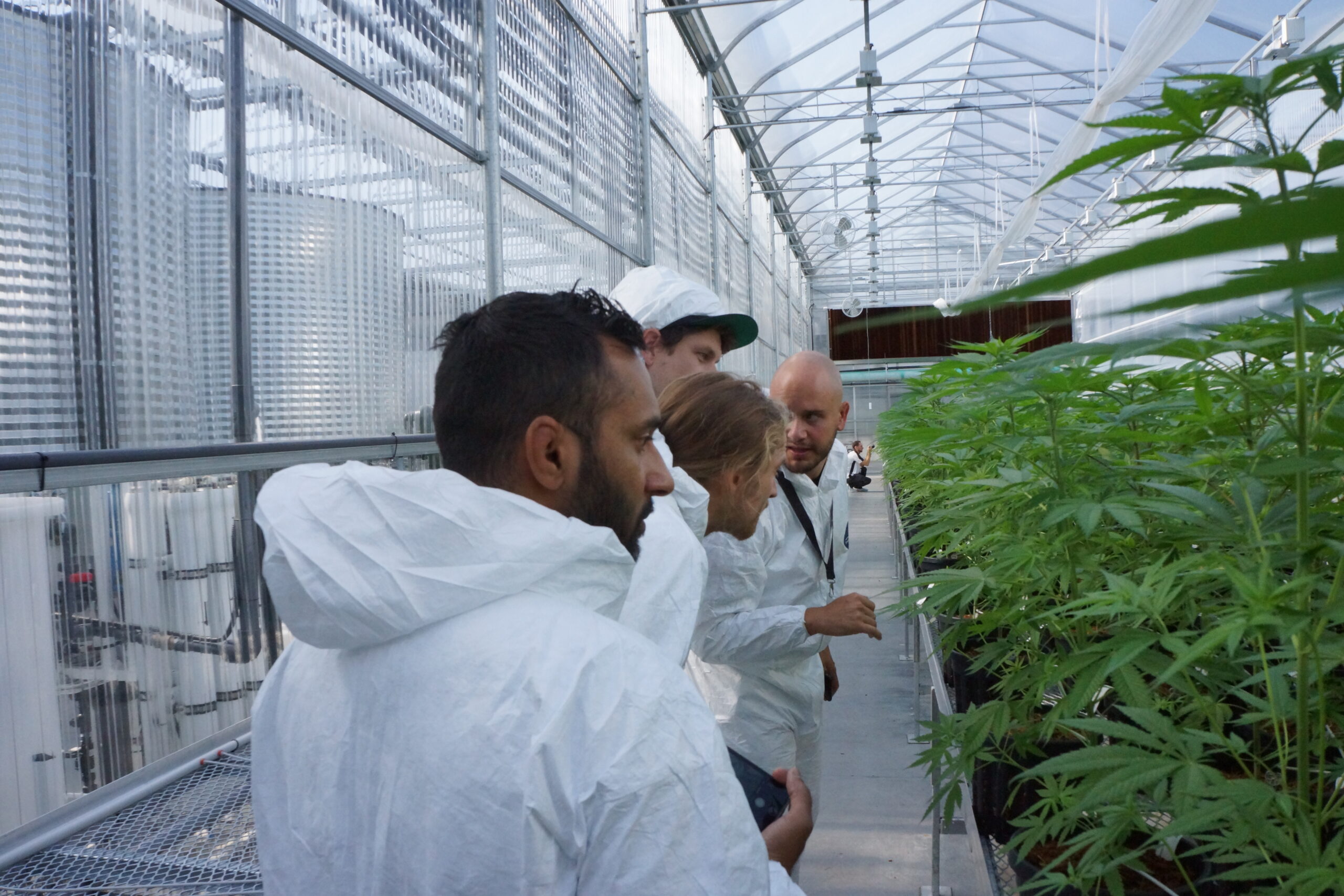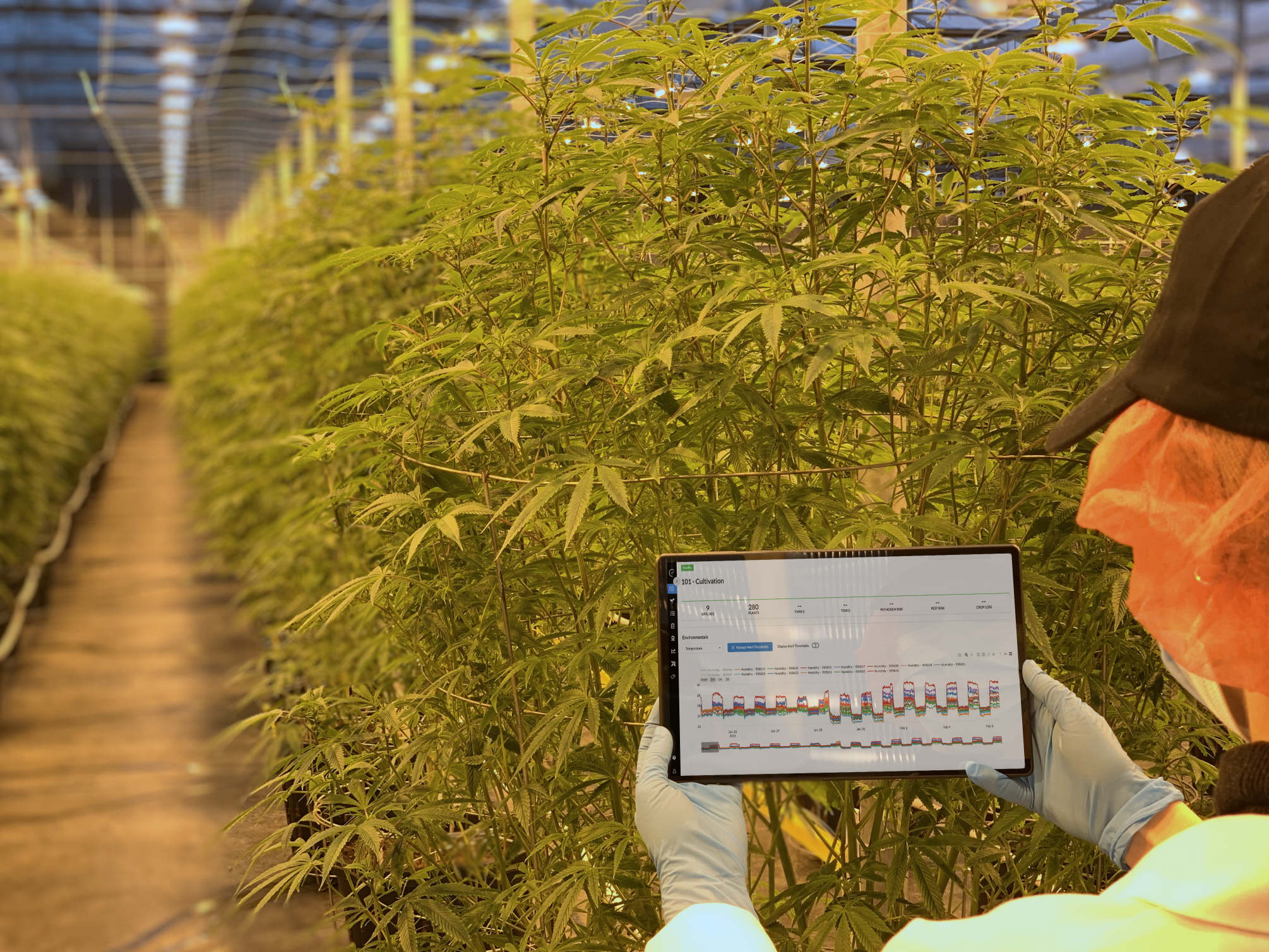November of 2021 will mark the nine-year anniversary of Colorado’s and Washington’s landmark decisions to legalize recreational cannabis usage. It’s pretty incredible to think that the legal recreational cannabis market in North America has grown into what it is today in such a short amount of time, and it got us thinking about what the future holds.
The biggest question right now is whether or not the United States will follow Canada’s lead and end federal cannabis prohibition. Ending cannabis prohibition in the US has incredible bipartisan support, and there is currently a bill in Congress that would legalize recreational cannabis nationally. And while those all seem like good indications that recreational cannabis will soon be legal in the US, the truth is that there’s no guarantee it will happen any time soon. The Biden administration hasn’t made any declaration that legalization is one of its goals, and there’s no telling what will happen after the 2024 election.

Big Business: Collaboration and Consolidation
The uncertain future of cannabis legislation in the US is the biggest variable in predicting the future state of the market. Ending federal prohibition would likely result in more big businesses entering the US cannabis market (potentially including tobacco companies, who already have much of the industrial infrastructure in place). We’re seeing this happen in Canada currently; British American Tobacco recently signed a collaboration with producer Organigram, for example. Beer industry giants, who previously lobbied against legalization efforts, are also eyeing the potential for capitalizing on cannabis — Molson-Coors is reportedly considering a cannabis-infused beverage line for the US market, similar to what they’ve already released in Canada, and they’ve recently launched a CBD-infused beverage in their home state of Colorado. Consumer trends often dictate where industry focuses its capital and innovation, while regulations scurry to catch up.
Whether prohibition ends in the States or not, we’ll see more and more major corporations become involved in the cannabis market moving forward. The past decade has shown that mainstream industry isn’t looking the other way and there’s simply too much potential profit to be made for them not to get involved. But what else will we see in the near future of cannabis?

Evolving Trends in Consumption
We expect that the way people consume cannabis will continue evolving. While flower is still the most widely consumed cannabis product, with 65.8% of the market, concentrates are steadily rising in popularity. We build manufacturing software for cannabis producers and work with craft, mid-sized producers, and all the way up to some of the largest cannabis greenhouses in the world, many of which are scaling up rapidly. While our customers have traditionally been focused on great quality flower products, a lot of time and effort is now going into product development and diversification. We're also seeing a growing number of new and existing processors (who don't grow the plant, but purchase harvested biomass from a producer and then turn it into concentrates/topicals/edibles) get in touch with us — an indication that these businesses are ready to start scaling their production quickly. All of this indicates that the market is moving more towards alternatives to flower, and we’re correspondingly continuing to advance our innovations in processing management and analytics.
The quality of legal flower products has improved in leaps and bounds since the initial legislation, and now we're starting to see huge improvements in the caliber of drinks and edibles too — especially in terms of taste and texture. This is especially true in Canada, where these “2.0” products were part of the second wave of legalization, and are therefore still in development. Pure Sunfarms, for example, has recently launched a range of gummies that are the first in Canada to use real fruit. They taste just like non-cannabis candy and use high-grade full spectrum extract as the active ingredient. As alternative cannabis products improve in quality and diversity, they will grow their share of the market (assuming arduous marketing and packaging restrictions in Canada don’t continue to hamper profitability). Looking at consumption trends from the US, where extracts and edibles have had more time to evolve, we’ll see flower and extracts/edibles hold roughly equal shares of the market within the next 10 years.

Speaking of the market, we are encouraged by market analysis reports indicating that the overall cannabis industry will continue its growth. Part of this will come as cannabis continues to gain mainstream acceptance and loses the stigma that years and years of negative propaganda have placed on it, as evidenced by the growing number of older cannabis consumers. While millennials are still the biggest consumer group, there is significant growth in the number of Gen Z, Gen X, and Boomers consuming cannabis.
The future has really never been brighter for cannabis. Whether or not the US ends federal cannabis prohibition, the market will grow and thrive as more individual states legalize adult-use consumption in the coming years. In Canada, more cannabis products will be rolled out, consumer preferences will continue to be refined, and hopefully counterproductive regulations are eased (while quality/safety regulations are maintained). The last 10 years have been great as advocacy efforts brought a legitimate market into existence and helped it expand. Now, as legalization becomes the norm, it’s up to innovative cultivators, manufacturers, scientists, and ancillary technologists to continue driving the market forward for years to come.

Author Biography
Amar Singh is the CEO and co-founder of Elevated Signals, a company that develops software for cannabis producers.
Share
LATEST
Are pickles the new pineapples? Whether you love this combo…
There’s nothing more frustrating than being at the airport, ready…
Recently named one of the 500 best hotels in the…
Big festivals are the events to see, and be seen…

LATEST MAGAZINE






